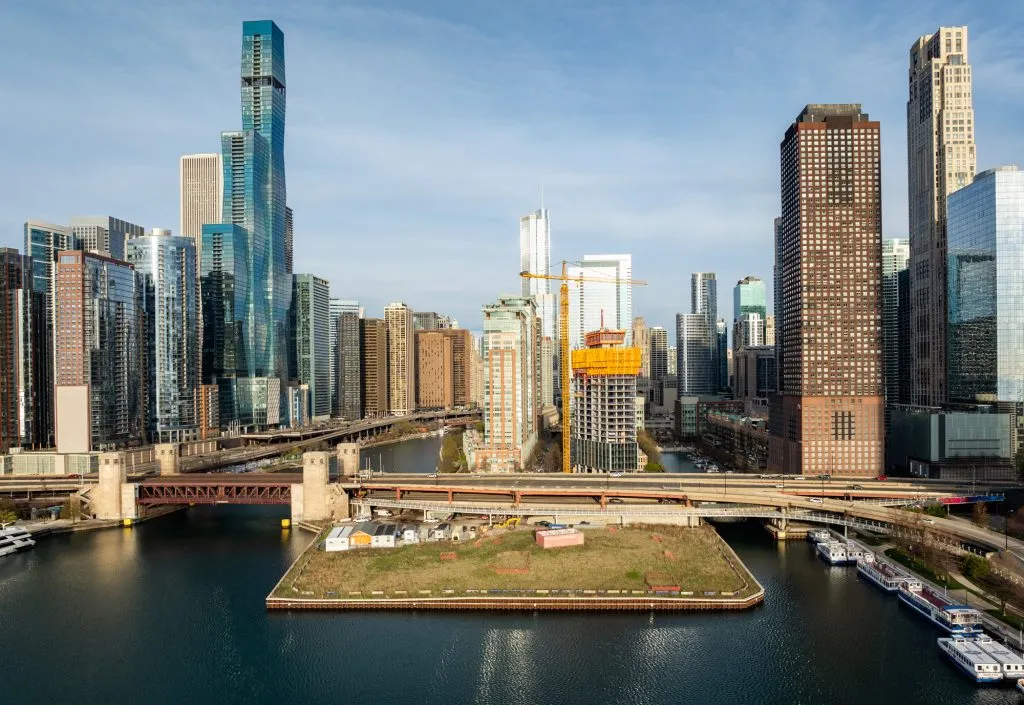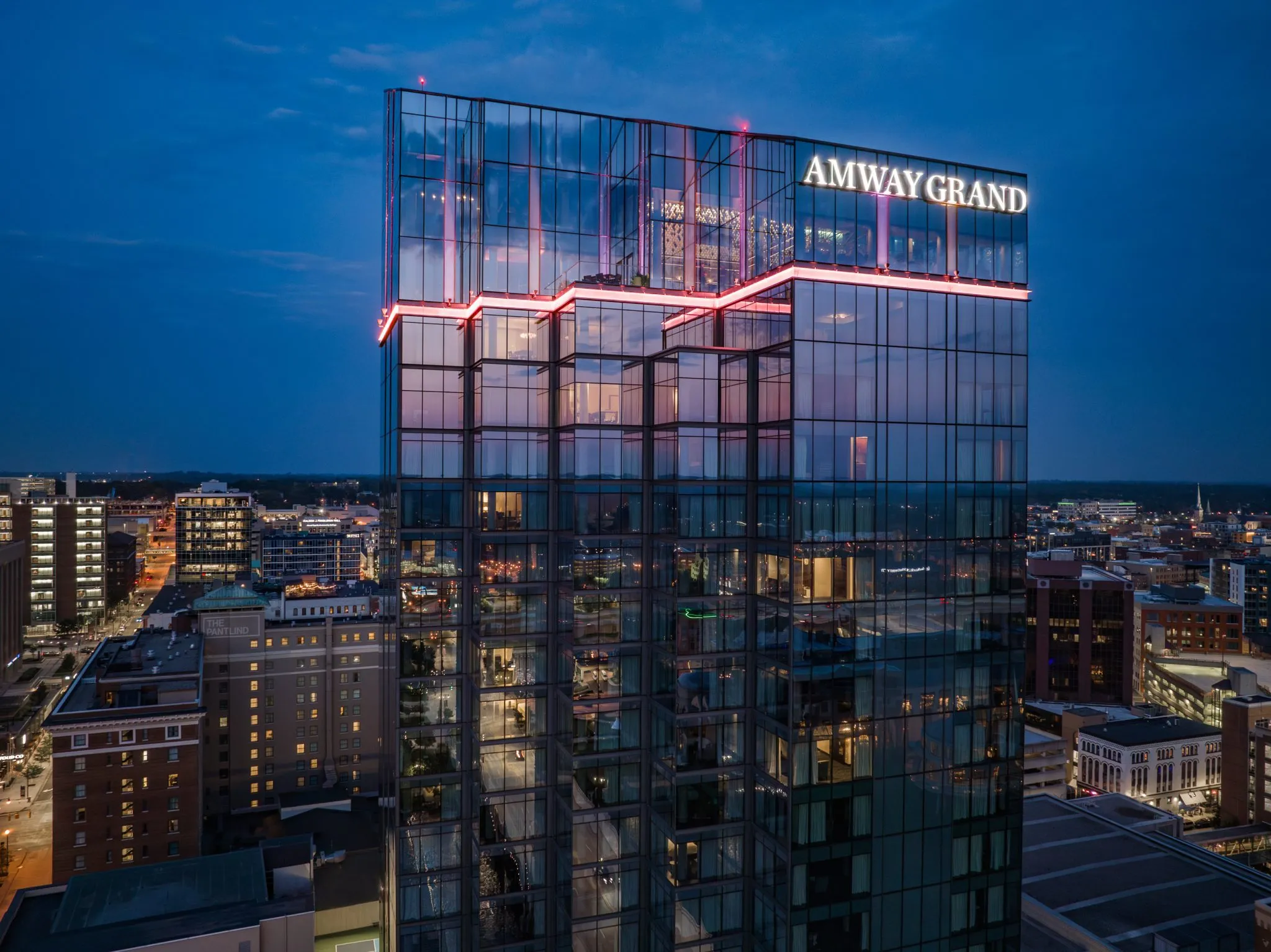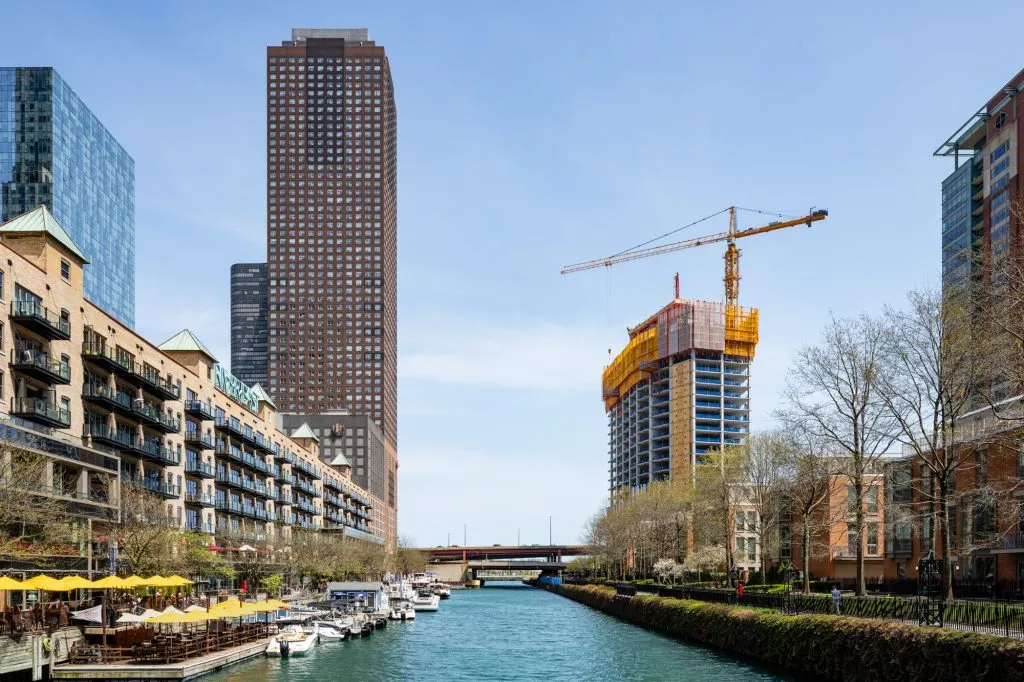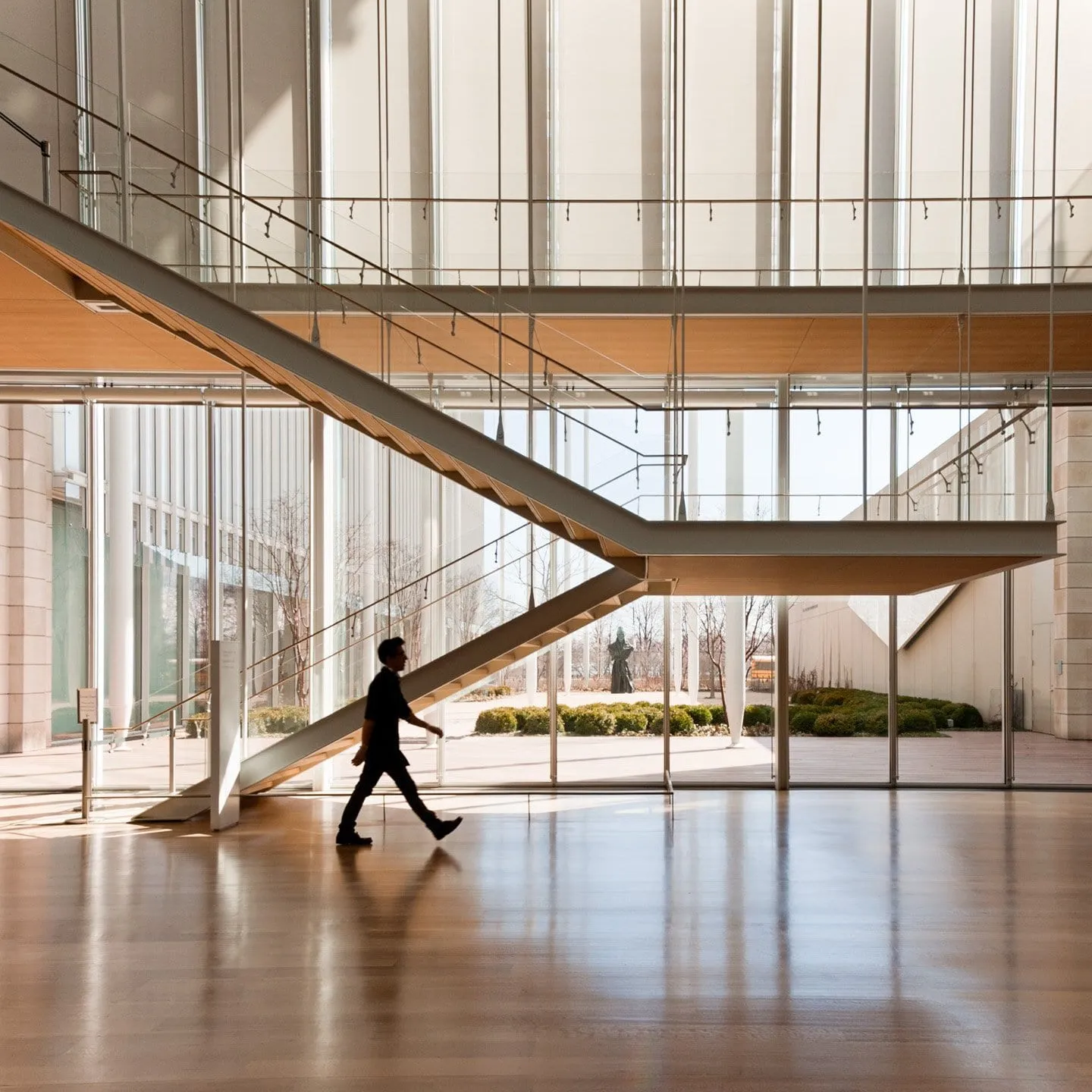Architecture is never created in a vacuum—it is a physical manifestation of a society’s deepest values, traditions, and collective memory. From the stepped pyramids of Mesoamerica to the minimalist tearooms of Japan, every culture develops unique architectural solutions to universal human needs. This article explores how cultural identity influences built environments and how contemporary architects are reinterpreting traditional design principles for the modern world.
## **The DNA of Cultural Architecture**
### **1. Climate as Cultural Catalyst**
– **Middle Eastern** **wind towers** (Badgirs) → Natural air conditioning in desert climates
– **Nordic** steeply pitched roofs → Snow load management
– **Tropical** stilt houses → Flood protection and ventilation
**Modern adaptation**: The **Eastgate Centre** in Zimbabwe mimics termite mounds for passive cooling, reducing energy use by 90%.
### **2. Spiritual Beliefs in Structural Form**
– **Hindu temple** **mandala** layouts → Cosmic diagrams in stone
– **Islamic** **geometric patterns** → Infinite representations of divine order
– **Christian** **cruciform** church plans → Architectural embodiment of faith
**Case study**: The **Lotus Temple** in Delhi blends sacred geometry from multiple religions into a unified interfaith space.
### **3. Social Structures Made Visible**
– **Chinese** **siheyuan** courtyards → Confucian family hierarchy
– **Medieval European** **castle** layouts → Feudal power structures
– **African** **compound** designs → Communal living traditions
## **When Cultures Collide: Hybrid Architectural Styles**
### **Colonial Cross-Pollination**
– **Spanish** + **Native American** → Mission Revival style
– **Dutch** + **Indonesian** → Indische Empire architecture
– **British** + **Indian** → Indo-Saracenic Revival
**Photography tip**: Look for contrasting materials (like red brick with white stucco) that reveal cultural layers.
### **21st Century Globalization Effects**
– **”Starchitect” homogenization** → Similar glass towers in every global city
– **Locally-sourced** **backlash** → The rise of critical regionalism
– **Diaspora architecture** → Migrant communities recreating homeland aesthetics
**Controversy**: Is Dubai’s **Burj Khalifa** an Arab icon or generic globalist symbol?
## **Preserving Cultural Identity Through Design**
### **Indigenous Architecture Revival**
– **New Zealand** Māori **wharenui** (meeting houses) in contemporary buildings
– **Native American** **rammed earth** construction techniques
– **Australian Aboriginal** “**Country-centered**” design principles
### **UNESCO’s Role in Protection**
– **Intangible Cultural Heritage** safeguarding traditional building crafts
– **Living Heritage** sites that maintain original functions
– **Digital preservation** through 3D laser scanning
**Photographer’s challenge**: Document vanishing vernacular architecture before it disappears.
## **Future Directions: Culture-Conscious Architecture**
### **Bioclimatic Regionalism**
– **Bamboo** construction in Southeast Asia
– **Ice-composite** materials for Arctic communities
– **Mycelium** (mushroom) bricks for sustainable building
### **Decolonizing Design Education**
– Rebalancing curricula beyond Eurocentric models
– Oral tradition knowledge integration
– Community-based participatory design
**Emerging star**: Burkina Faso architect **Diébédo Francis Kéré**, blending local materials with global techniques.
## **How to Photograph Cultural Architecture**
1. **Context shots** showing buildings in cultural use (not just empty facades)
2. **Detail close-ups** of unique ornamental traditions
3. **Golden hour** lighting to emphasize traditional material textures
4. **Human element** inclusion to show scale and lived experience
## **Conclusion: Architecture as Cultural Portrait**
Every building tells a story about the people who created it—their climate challenges, spiritual yearnings, and social structures. In our increasingly connected world, understanding these cultural narratives becomes crucial for creating meaningful, respectful designs that honor diversity while moving forward.
**Call to action**: Next time you travel, try to identify at least three cultural influences in local architecture before reaching for your guidebook.
For more explorations of architecture’s hidden stories, visit [TheToolTutorial.com](https://thetooltutorial.com).




